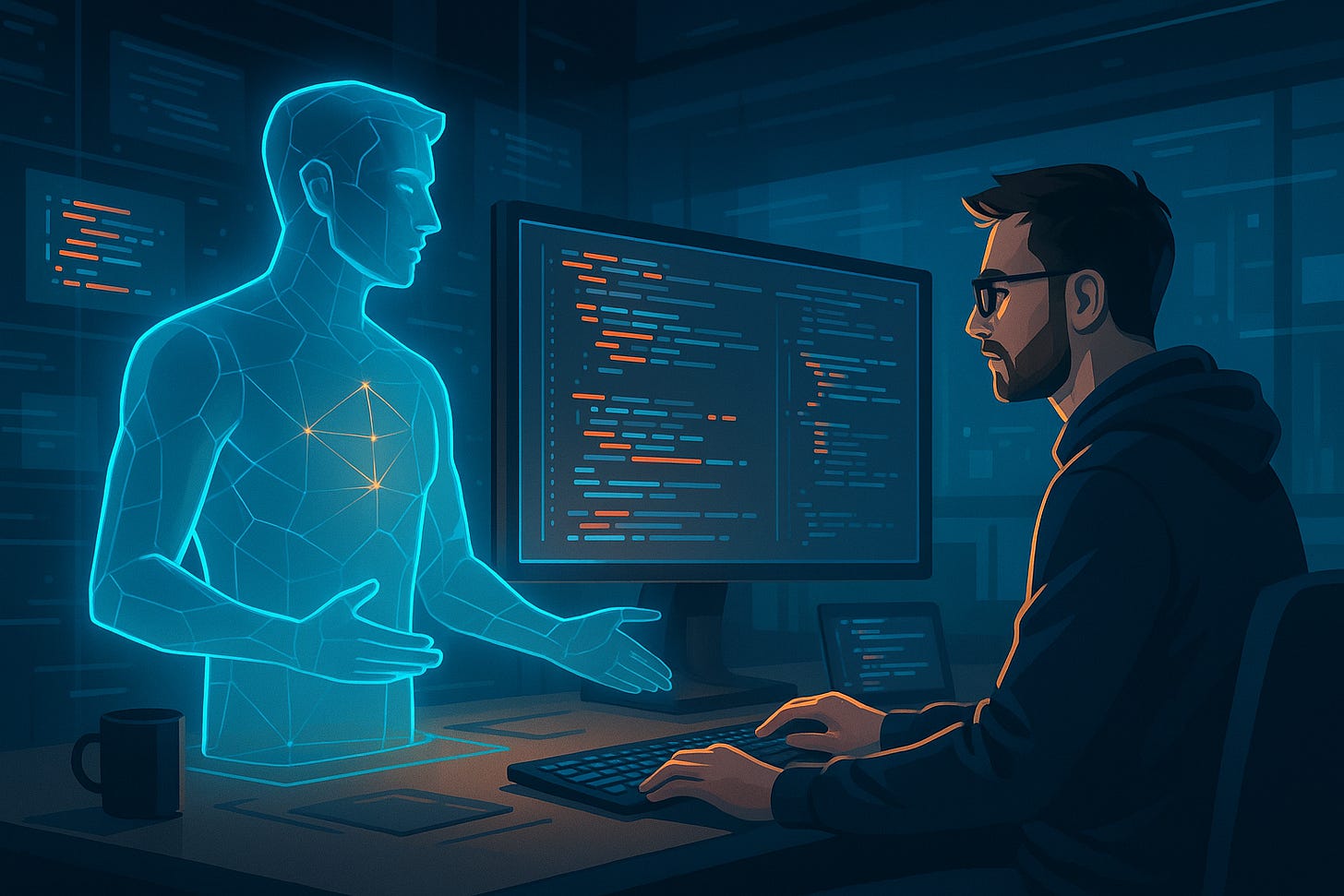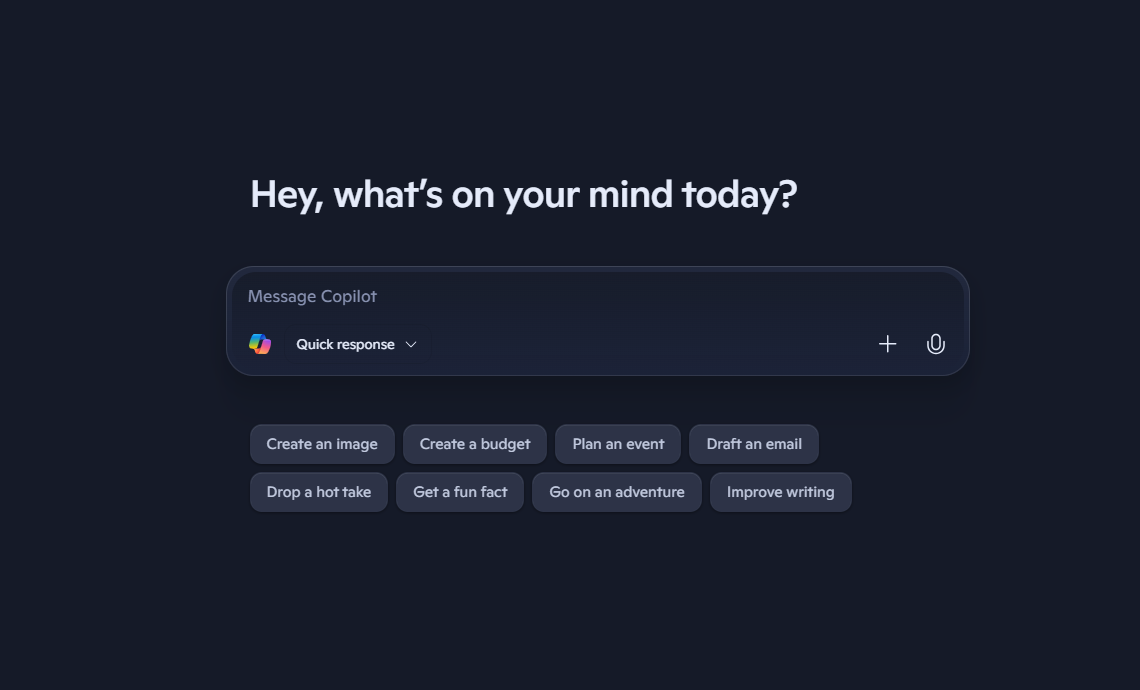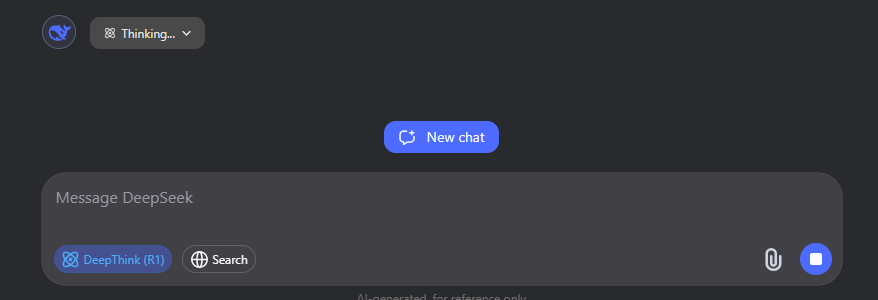The Future of AI: The Rise of Software Engineer-as-a-Service(SEaaS)
How agentic AI is redefining how software gets built, delivered, and maintained
From Hiring to Instant Deployment
For decades, hiring a software engineer followed a well-worn path. A company would post a job opening, interview candidates over several weeks, extend an offer, and then onboard the new team member. From there, the engineer would spend months understanding internal systems before becoming fully productive. This cycle—slow, expensive, and resource-intensive—was simply how software was built.
Fast forward to today, and we’re already seeing early signs of a shift. Open-source code, AI-assisted tools like GitHub Copilot, AWS Q Developer, Cursor AI, and automation frameworks speed up development. Startups can build entire MVPs in days using these modular, efficient resources.
“Soon, hiring a virtual engineer will be as easy as spinning up a server.”
The Era of SEaaS Has Begun
But we’re about to take a much bigger leap: the era of Software Engineer-as-a-Service (SEaaS).
Imagine logging into a cloud dashboard and choosing a virtual engineer with the exact skills you need—be it Python scripting, API integration, or UI prototyping. This AI-powered engineer doesn’t sleep, doesn’t get distracted, and starts coding instantly. Need help debugging a legacy module? No problem. Need an entirely new system architected by morning? Just specify the requirements.
“The Software Engineer-as-a-Service revolution won’t replace you—but it will force you to evolve.”
The Tech Behind the Change
In today’s rapidly evolving tech landscape, SEaaS is becoming more than just a concept. As artificial intelligence and agentic coding capabilities advance at an unprecedented pace, we’re on the brink of a revolution that will reshape how software is built.
For many of us, the idea of AI taking on complex coding roles was a sci-fi fantasy. Yet here we are, watching companies begin to order virtual engineers online.
“Staying relevant in tech no longer means just learning new tools—it means learning how to work with AI.”
This isn’t speculation—it’s already happening. AI systems grow more sophisticated every day. Tasks that once took engineers weeks now take hours. Human engineers won’t disappear, but their roles will evolve.
Real-Time Engineering on Demand
Deploy SEaaS, connect it to your internal knowledge base, code base, and domain-specific systems, then simply tell it what problem you’re trying to solve, what issue you’d like to debug, or what kind of system you want to build—and it will begin producing outputs in real time.
It’s fast. It’s focused. It’s always ready.
Preparing for the Shift
As we stand on the cusp of this breakthrough, adaptability is key. The demand for human creativity, orchestration, and problem-solving remains strong. The most successful engineers of tomorrow won’t just write code—they’ll manage workflows, train models, and guide AI systems.
So, as we look ahead, let’s embrace this change, adapt to the new landscape, and find ways to thrive alongside these incredible advancements.
“Your path forward is yours alone. But the need to move forward? That’s universal.”
Understand the closest possible path for you to adapt to the new changes, and actively seek ways to remain valuable to the evolving system. This path will look different for each individual, depending on your background, goals, and strengths. But one thing remains true: it will require effort, reflection, and a willingness to adjust. Stay curious, stay flexible, and remain committed to learning. That’s how you’ll stay relevant—and thrive—in the era of Software Engineer-as-a-Service.








